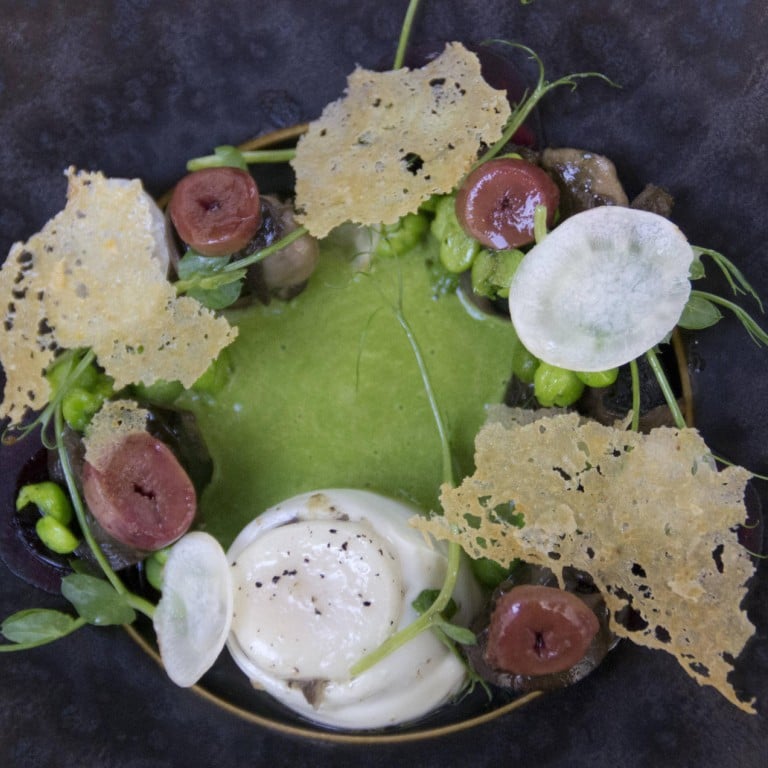Snails regain popularity in Austria's restaurants

These creatures have been slipping back onto the menus of Austria's finest and most fashionable restaurants

Andreas Gugumuck of Austria can't believe it. "In Tokyo," says the farmer, clearly incredulous, "there's a beauty salon where they put snails on your face. Half an hour costs about €140 [HK$1,450]".
The man with a snail-spiral sink in his bathroom, snail-shell handles on his cupboards, and concrete-filled snail shells as fridge magnets, senses a potential source of profit. He's working with the University of Vienna on medical applications of the enzymes from snail slime, and particularly their use in healing wounds.
"But I'm more interested in the beauty market," he says. "Katie Holmes is using this."
For now the former IT consultant, still seemingly far too dapper to be a farmer, welcomes visitors who are more interested in their palates than their pimples. Around him are fields of rape, prettily dotted with poppies and daisies, and the still afternoon air is heavy with birdsong. Can we really still be in the city?
"To the horizon it's Vienna," he says. "We are famous for having agriculture in the city. We have wine, we have vegetables and we have corn."

But Gugumuck farms livestock, although his herd is invisible until he turns over planks of wood leaning in neat lines against long central supports. More than 50,000 large edible snails, part of an annual crop of 200,000 escargots, first farmed in this area in Roman times, huddle affectionately together in the shade.
Slowly but steadily they've been slipping back onto the menus of Austria's finest and most fashionable restaurants, and Gugumuck is expanding to keep up with demand.
Modern gourmets connect snails with France, but originally it was Austrian cookbooks that carried more snail recipes. In Vienna, demand outstripped supply and boats brought escargots down the Danube from Germany to a special snail market right in the centre of the city. An engraving from 1775 shows a snail vendor at work.
Escargots were particularly popular during Lent - the meat-less fast imposed by Catholicism throughout the six weeks before Easter. Indulgent priests were prepared to be flexible with their taxonomy, and allowed snails as a supposedly non-meat substitute for beef or chicken.